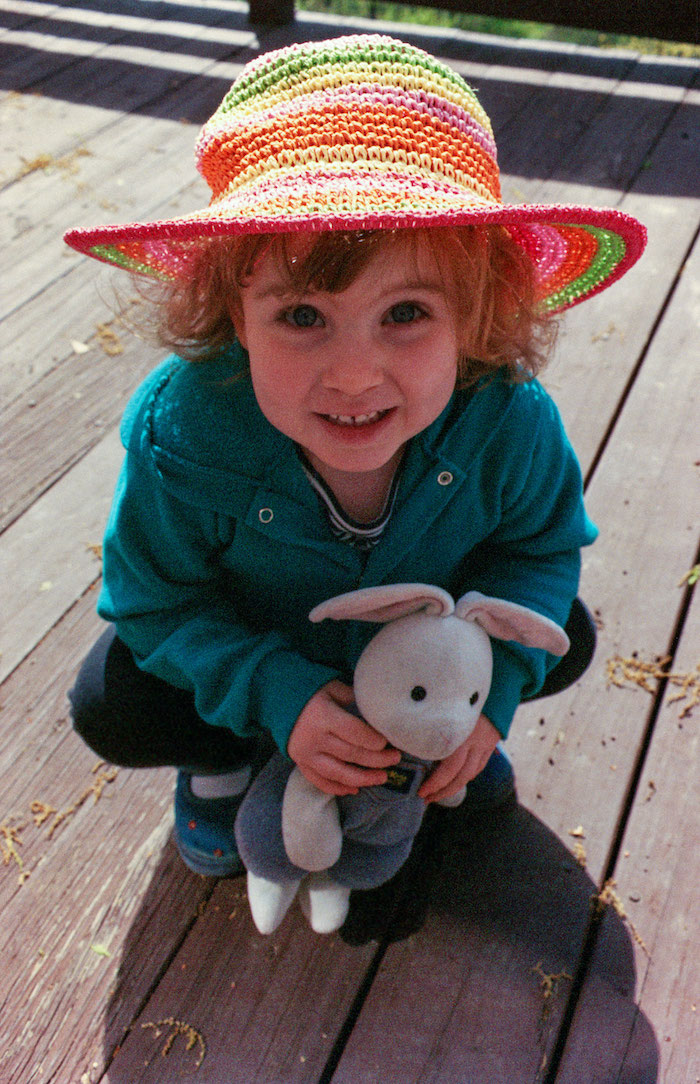

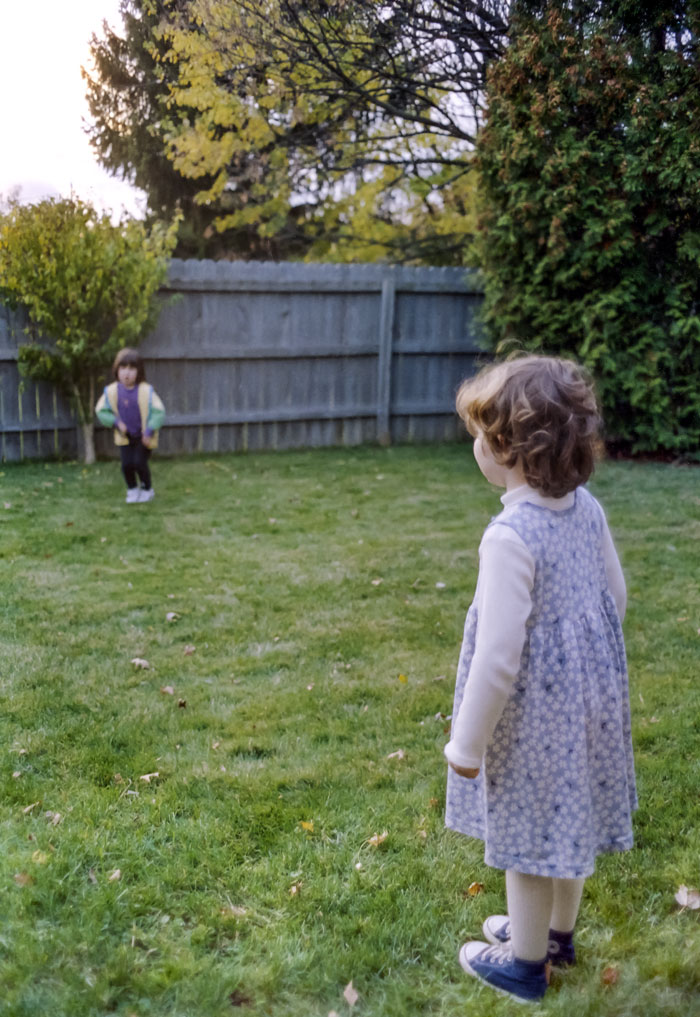
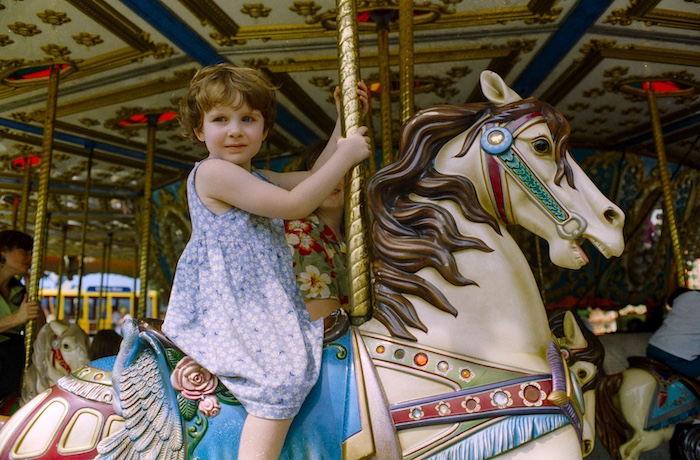
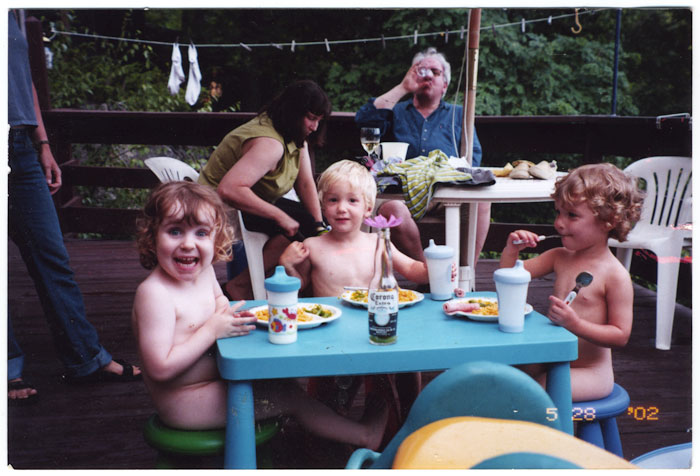
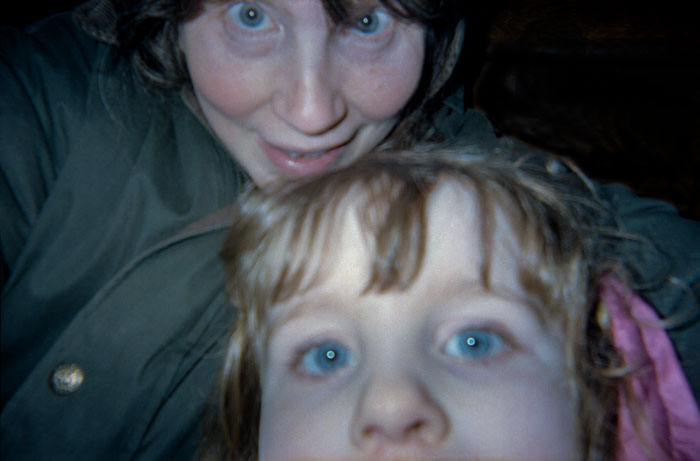
Three-day train ride to Kansas. Photo by C.
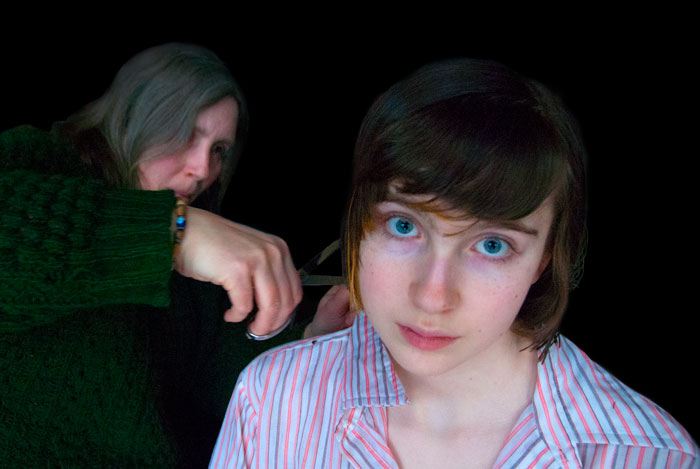
I’m cautious. My mother told me that I’d held my little brother back from crossing the street, waiting to be sure there were no cars, then taking his hand and walking him across. That’s an example of care for others, but I’m sure there was a less altruistic notion in play; perhaps I didn’t want to be blamed if he got hurt. That sounds more like the way I think. I am excessively cautious for myself, except when I erupt in an uncontrolled burst of self-destructive energy as if I’m tired of all the rules, all the hesitation, all the thought. But most of the time I’m taking great care.
A coward physically and emotionally, I let disagreements linger for years rather than risk a confrontation. I don’t send food back in restaurants. There’s so many things I won’t do because of fear, from dancing at a wedding reception to not sticking out a foot to trip that purse snatcher who ran right by me on Stuyvesant Street. I am terrified of riding a roller coaster, a horse, a motorcycle, even a speed-assist bicycle. Or any bicycle for that matter, especially now that I have dizzy spells; I fear falls more than anything else. A broken bone, anything that prevents me from being able to walk for a while, will be the end of me. I’ll die immobile in a chair like my grandfather did after his stroke.
It’s not surprising that I don't like cars or planes or boats. Especially cars—what a disastrous development they’ve been! One needs them in the country and I had two when I lived in the wilds of Putnam County. Most of us don’t live in undeveloped areas—that's part of their definition. Yet most of us still have cars because we live in cities like my hometown of Columbus, Ohio, places where driving is part of growing up; you weren’t an adult till you drove.
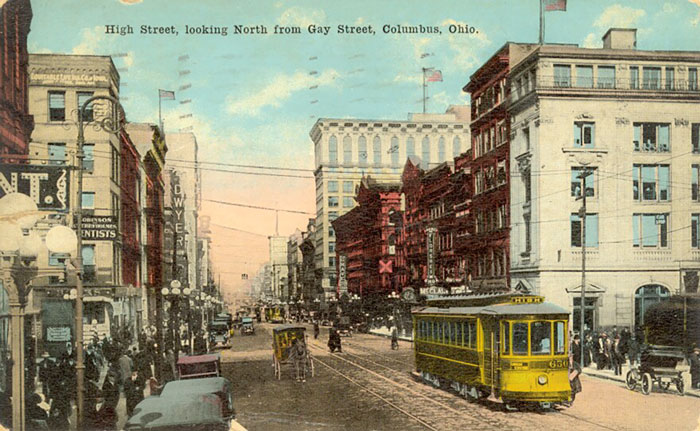
Columbus couldn’t wait to grow up either, and part of that was eliminating every last vestige of mass transit. Trains and streetcars represented the past; the bright and shiny future had an internal combustion engine. I don’t remember the street cars, they were gone by the 50s. I remember the last train to Dayton from Union Station; my mother took us as she knew the significance of the event. Columbus remains the largest city in the United States without any kind of rail.
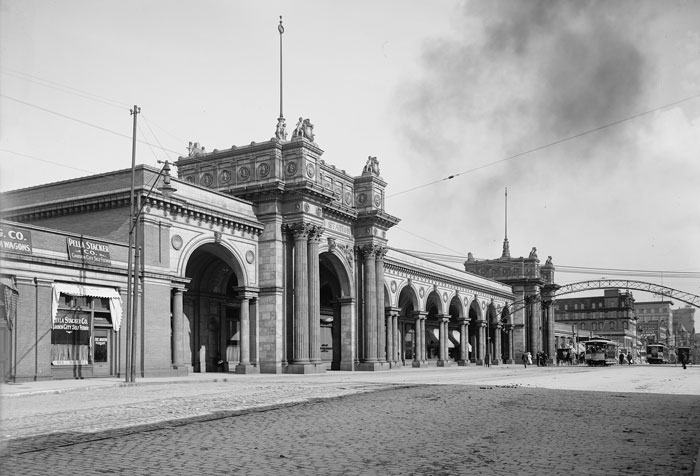
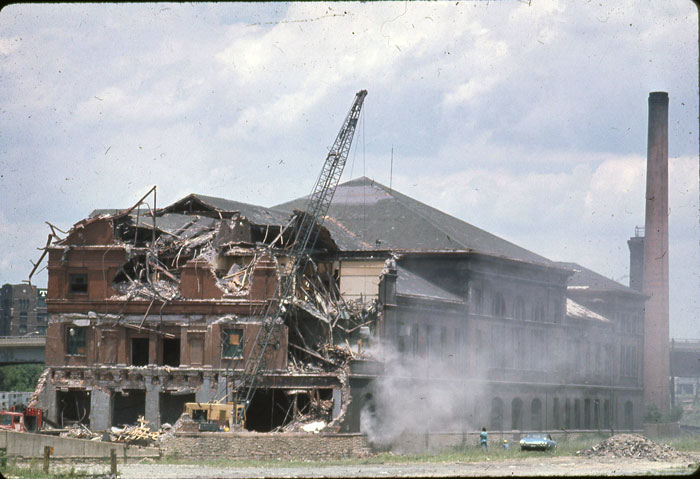
I can’t forget the smell of the diesel-powered buses I took to go downtown. It was overpowering; standing near the exhaust felt dangerous. It was difficult to read on the bus because of the faint tinge of nausea from the fumes.
I’ve lived in New York City for a long time and mass transit can be a real pain in the ass. Right now we’re living through another cycle of fear stirred up by those who don’t understand numbers or find it useful not to understand numbers. Three-point-two million riders per day deal with about six felonies per day. While the incidents are scary—people shot on station platforms, pushed on the tracks, punched by random strangers—it’s important to remember that the daily tally of those incidents can often be counted on one hand. Not very comforting if you’re the victim, but actually consoling if you live in a world ruled by actuaries. On a weekend when eight felonies occur rather than the usual six, the headlines on the television read “33% increase in subway crime!” The governor’s reaction to the current cycle of hysteria was to place full-armed National Guard troops at some of the major stations. This is not a reasonable reaction.
Those same suburban residents who have been taught to fear the trains (and the big city in general) don’t think twice about climbing into a car, the one place they are closer to death than at any other point in their lives. About fifty-thousand a year die in cars, a total that always make me think of the number of names on Maya Lin’s wall in Washington DC.
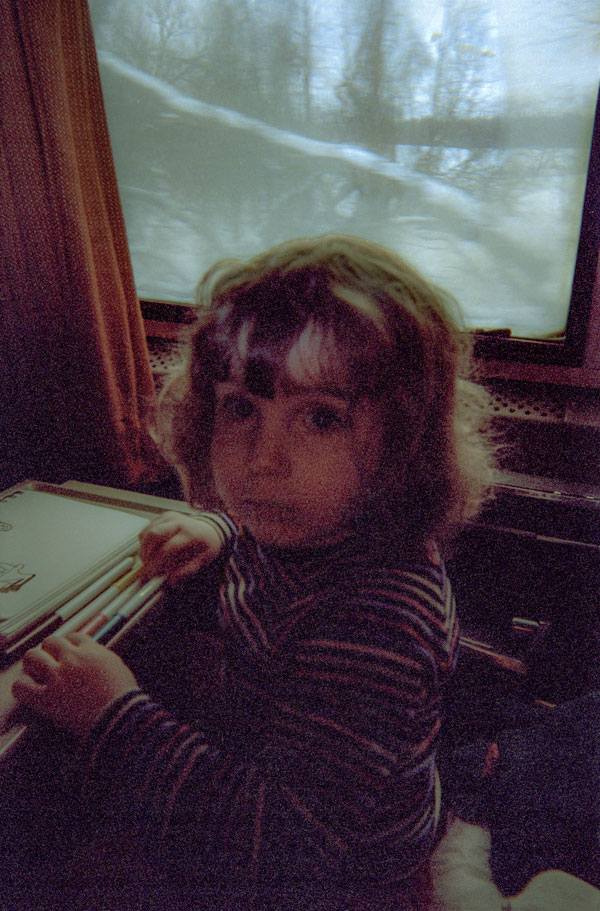
C took the train back in 2002 to take H to see grandma back in Kansas. I don’t know why I didn’t go, though it was probably related to work. It’s an overnight ride from NYC to Chicago; an eight-hour layover, then another long ride that gets to Salina, Kansas, at about three o’clock in the morning. One has to be picked up in Salina; there are no cabs or buses or anything at that time of the morning in Kansas. Amtrak runs so few trains across the country that this is always a problem if you’re stopping anywhere between Los Angles and Boston. If I take a train to Columbus—well, you don’t take a train to Columbus, there isn’t one. You take a train to Cleveland and get off at three in the morning. After a few hours you switch to a bus (or again, someone drives three hours to pick you up).
In countries with healthy train systems (none of which, anywhere, are expected to run a profit) you don’t face these daunting arrival times. You just get another train, a train that is clean, efficient, reasonably priced, and fast. Their arrivals and departures are on time; they don’t share tracks with freight lines, the cause of many Amtrak delays on the tracks that Amtrak owns and maintains.
In countries with healthy train systems taxpayers don’t just subsidize airports and highways like we do in the US. There are no fixed fees anywhere to fund the system. Ninety percent of gasoline taxes are earmarked for highways and ticket subsidies fund airports. Amtrak goes begging every couple years for funds from politicos who don’t understand how mass transit—or anything that doesn’t consume vast quantities of hydrocarbons—works. It is in their interest not to understand.
They can’t understand why Amtrak doesn’t just cut more services, eliminate more trains, or put cheaper food in the dining cars. In all mass transit systems there is a tipping point: cut enough services and raise enough prices and the customers stop coming. Finally there isn’t enough to meet operating expenses or even basic maintenance of infrastructure. Anyone who follows the issue has seen this happen with NYC subways over and over again.
And so you want to see grandma in Kansas. The plane flight will use about a gallon of fuel for every second it’s off the ground, but government policy ensures that you will not be paying a real-world price for all that shit you’ve put in the air. A car trip doesn’t burn as much and doesn’t pollute as much until you start thinking about all the millions of other drivers who came to the same conclusion. You think to yourself it’s cheaper to drive, unless you consider how much was spent to keep that freeway drivable, and how much money you gave to oil companies to keep drilling, keep fracking, keep spilling, keep dumping methane into the atmosphere.
I’ve worked myself up again, and not one bit of this angst does anything to protect my kid from the future. It’s going to be bad.
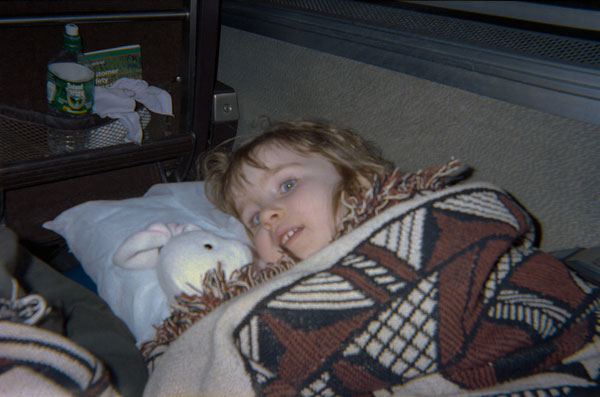
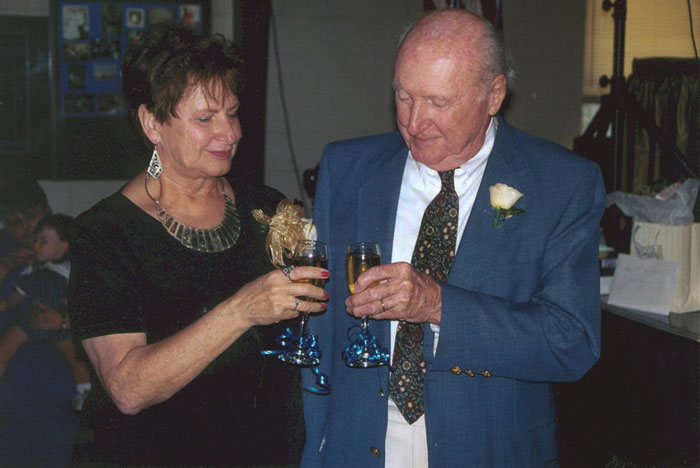
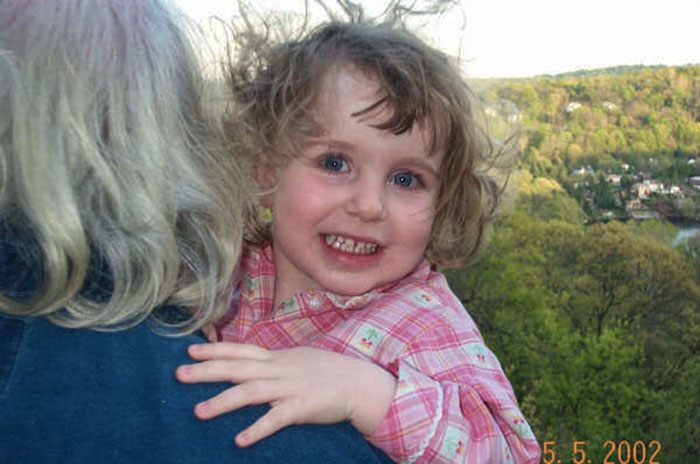
Long gray hair, kid, green. Photo by D.
My brother-in-law shot this one; I’m pretty sure his camera was set to print the date stamp. It’s on our deck in Garrison looking out over the trees below. H was two years old. I was wearing my hair long again; I can never decide. I was born in the 50s and went through puberty in the 60s; hippie opinions are in my bone marrow. Hippie boys were my role models (except for that part of my consciousness occupied by James Mason, Cary Grant, and Sean Connery).
I went through Catholic high school and couldn’t sport my own version of hippie hair till halfway through 1971. It was full-blown by ’72 and stayed that way till sometime in the early 80s when I was driving a cab and playing at the same time as all the hardcore bands. After that it got long every once in a while and then would get cut way back. I even did it myself once, and ended up looking like Magwich at the start of the David Lean Oliver Twist.
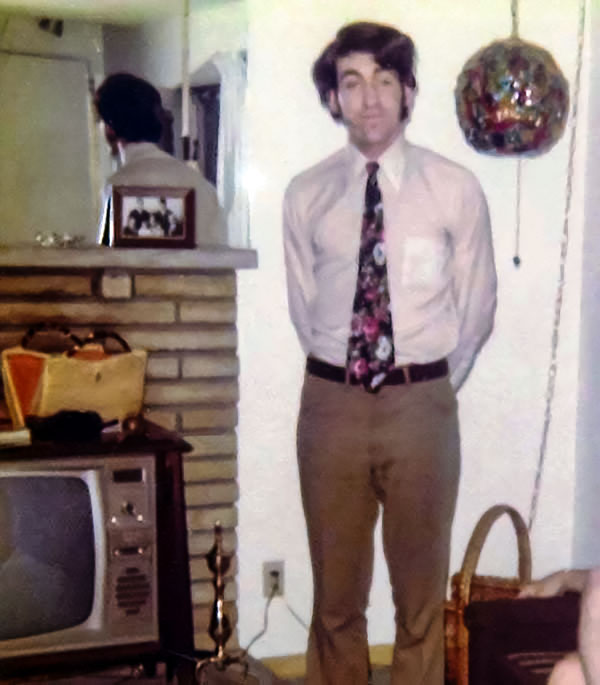
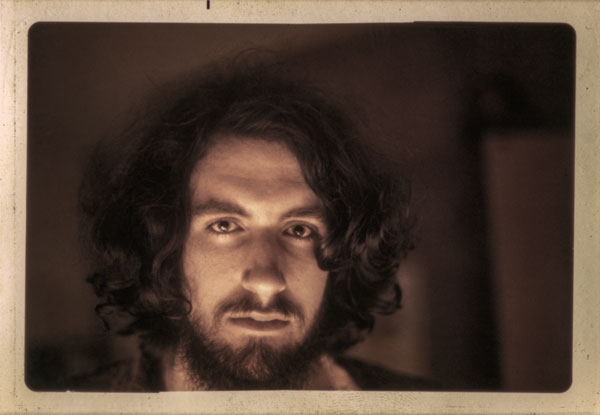
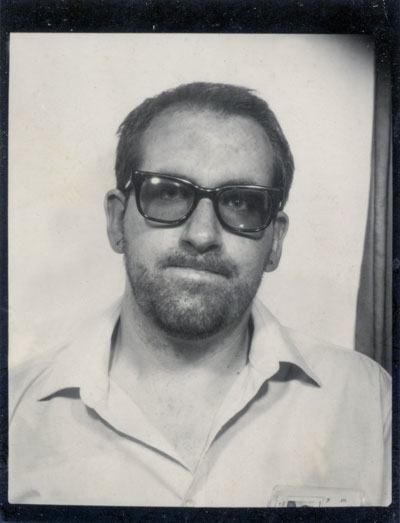
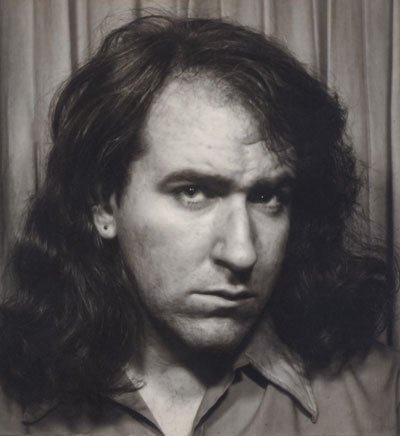
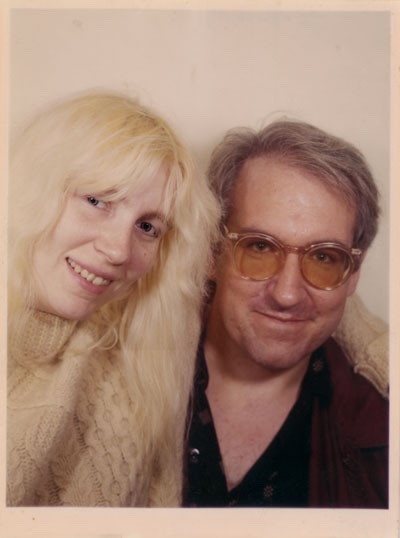 I started hanging out with C towards the end of the 80s and she liked it shorter. (She’ll tell you what an obliging guy I am.) Every once in a while, though, the hippie dream would re-emerge through the passive-aggressive inaction of
not getting it cut. Not doing something sort of defines passive-aggressive, right?
I started hanging out with C towards the end of the 80s and she liked it shorter. (She’ll tell you what an obliging guy I am.) Every once in a while, though, the hippie dream would re-emerge through the passive-aggressive inaction of
not getting it cut. Not doing something sort of defines passive-aggressive, right?
In the photo that begins this item you can see how hard water—we drew it from a well right in front of the house—did a number on those silvery locks. They would yellow before my eyes. Once a plumber described my hill as a sort of natural paradise; “Good water up that hill!” It tasted good: a nice blend of minerals. No bad stuff, and we had it tested.
Our next-door neighbor had his tested and it turned out to be tainted with E. coli. At first he tried to blame us and reported our septic tank to the county. Since our tank was an acre’s length away from his well (and downhill) it turned out his own septic tank was the problem, the one buried right next to his well. This was the same guy who wouldn’t pay his share of the road plowing; he left it to the other thirteen homes on the private road. He was a bad neighbor.




